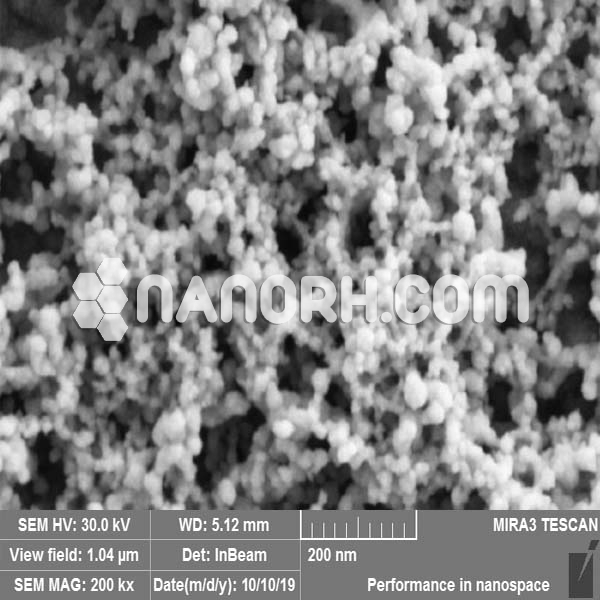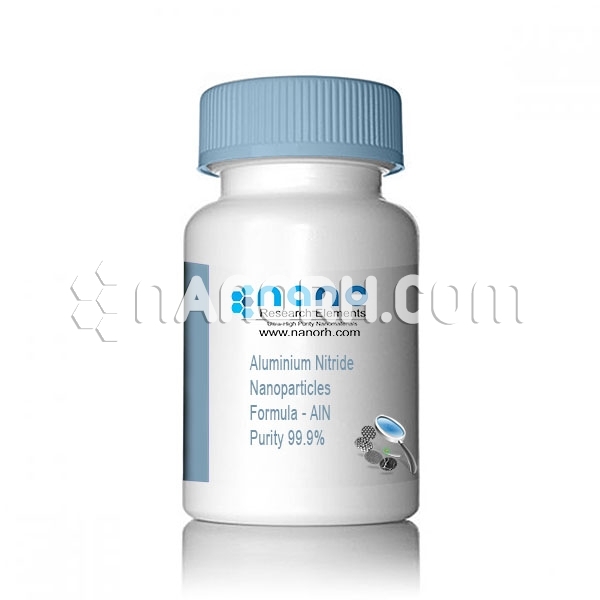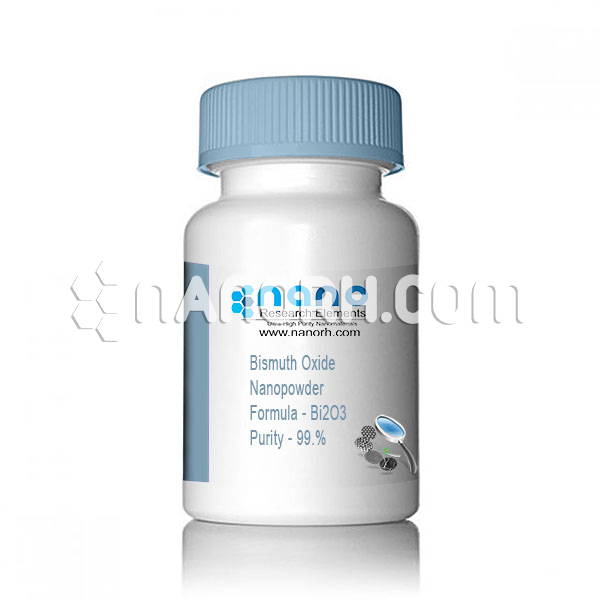| Platinum Nanopowder / Nanoparticles | |
| Product No | NRE-1031 |
| CAS No. | 7440-06-4 |
| Formula | Pt |
| APS | <100nm (Can be Customized) |
| Purity | 99.95% |
| Color | Greyish Black |
| Molecular Weight | 195.084 g/mol |
| Density | 21.45 g/cm3 |
| Melting Point | 1,768 °C |
| Boiling Point | 3825 °C |
Platinum Nanopowder / Nanoparticles Applications
Platinum nanoparticles have a wide range of applications across various fields due to their unique properties, including high catalytic activity, excellent electrical conductivity, and biocompatibility. Here are some of the key applications of platinum nanoparticles:
Catalysis:
Platinum nanoparticles are widely used as catalysts in chemical reactions. They are especially important in the automotive industry as catalysts in catalytic converters to reduce emissions of harmful gases like carbon monoxide (CO), nitrogen oxides (NOx), and hydrocarbons (HC).
They are also used in fuel cells as catalysts to facilitate the electrochemical reactions involved in generating electricity from hydrogen and oxygen.
Fuel Cells:
Platinum nanoparticles are used as catalysts in proton exchange membrane fuel cells (PEMFCs) and polymer electrolyte membrane fuel cells (PEMFCs) to improve the efficiency of energy conversion from hydrogen fuel to electricity.
Electronics and Sensors:
Platinum nanoparticles find applications in various electronic devices and sensors, including resistive random-access memory (RRAM), where they can be used as switching materials.
They are used in the development of gas sensors and biosensors due to their excellent electrical conductivity and biocompatibility.
Nanomedicine:
Platinum nanoparticles have potential applications in medicine, particularly in drug delivery systems and cancer treatment.
They can be used to deliver drugs to specific target sites in the body due to their small size and biocompatibility.
In some cases, platinum nanoparticles are explored for their ability to enhance the therapeutic effects of certain drugs.
Nanocatalysis:
In addition to traditional catalytic applications, platinum nanoparticles are used in various other catalytic processes, such as hydrogenation and oxidation reactions.
They play a crucial role in the production of chemicals and pharmaceuticals.
Environmental Remediation:
Platinum nanoparticles can be employed in environmental applications, including the removal of pollutants from water and air.
They can act as catalysts in the degradation of organic pollutants in wastewater treatment.
Nanoelectrodes and Energy Storage:
Platinum nanoparticles can be integrated into nanoelectrodes, enhancing the performance of batteries and supercapacitors.
Their high electrical conductivity makes them valuable in energy storage and conversion applications.
Nanotechnology Research:
Platinum nanoparticles serve as model nanomaterials for studying fundamental properties and behaviors of nanoparticles.
They are used in nanotechnology research to understand the interaction between nanoparticles and biological systems.
Photovoltaics:
Platinum nanoparticles can be incorporated into solar cell materials to improve their efficiency by enhancing light absorption and electron transport.
Aerospace and Materials Science:
Platinum nanoparticles can be used in aerospace applications, such as coatings for high-temperature and corrosion-resistant materials.




